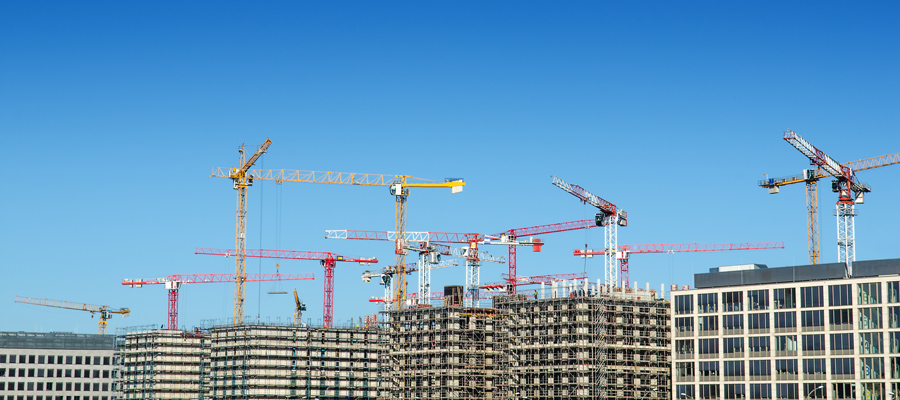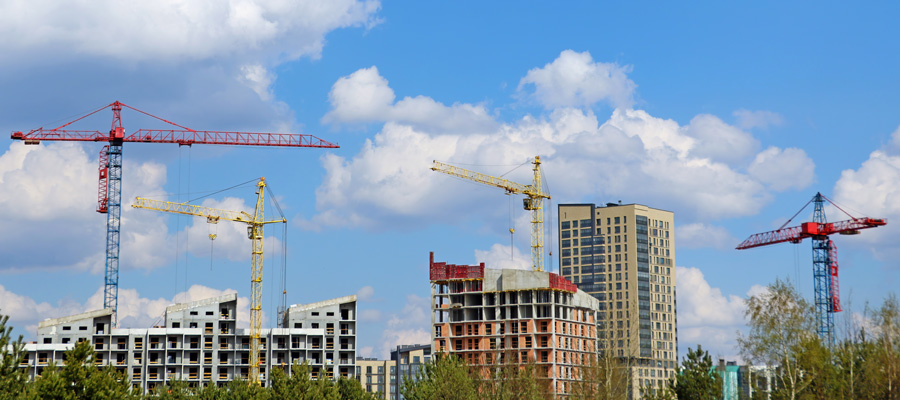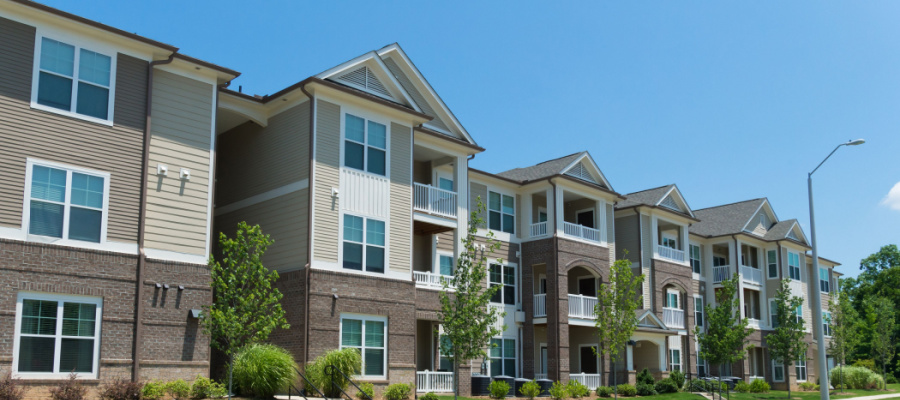Let’s go big on building affordable non-market rental housing

To fully address Metro Vancouver’s housing crisis we need an ambitious build-out of 10,000 new units per year of non-market, rental housing. This includes public housing and co-ops that are truly affordable for ordinary households.
New investments from the BC and federal governments point to a modest revival of public, non-market housing, but these investments must be ramped up.
More importantly, we need to break away from a dominant mindset that sees private sector property developers as the only builders of housing, and shift away from viewing home ownership as the preferred mode of accessing housing.
The greatest need is rental housing stock for low- to moderate-income households. This is precisely the group that is unprofitable for private sector developers, who would rather build luxury units for sale to the highest bidders worldwide.
Local governments have attempted to spur rental housing by providing financial incentives for developers to build rental over condos and to include a modest amount of market rental as part of a bigger condo development. As we have seen, this approach is ultimately inadequate. Developers are not going to build new housing stock that is truly affordable to low- to middle-income households—at least not anywhere near the scale needed.
We need to break away from a dominant mindset that sees private sector property developers as the only builders of housing.
Inspiration for large-scale investments in public housing can be found in cities like Vienna, Austria and Singapore. In Vienna, almost half of the total housing stock is public housing, a legacy of aggressive municipal-led development in the 20th century.
We can also look to our own past legacy of partnerships in the 1960s to 1980s among federal and provincial governments and the non-profit sector to build dedicated public housing, including social housing and co-ops.
A building program should give first priority to households in extreme housing need, starting with people who are homeless, low-income households and seniors. We need a spectrum of housing options that work for people with different incomes, at different stages in their lives, and for family size, including larger units.
The City of Vancouver’s current targets to better match new housing supply to the incomes and family composition of the local population point the way to a more planned approach for new housing. However, after two years, housing targets have been exceeded for higher-income households ($80K and up), while the targets for low-to-middle income groups have not been met.
There is a lot of catching up to do, region wide.
A high-ambition plan of 10,000 new units per year would cost about $2.5 billion annually. An investment of this magnitude would represent less than one penny per dollar of income or GDP that we generate as a province.
We need a spectrum of housing options that work for people with different incomes, at different stages in their lives and for family size.
This upfront capital cost would be paid back through the flow of rental income over the lifespan of the buildings. Revenues from property tax reforms—such as the progressive tiers on property and property transfer taxes, and speculation and vacancy taxes—are an ideal source to cover these upfront costs.
A central challenge is acquiring land for new housing. The current push to “upzone” or increase density across the board in single-family neighbourhoods is problematic if it simply leads to higher land values and more windfall gains for existing landowners.
To this end, some form of public land assembly should be part of the building program. This would pay market values to existing owners prior to seeking rezoning, then capturing the increased land value for public benefit as part of the creation of new rental housing stock.
A more overtly public planning model would also include project financing and construction to cut out the middle-man and achieve economies of scale for the large build-out we need.
Given these numbers, there is every reason for our governments to move forward with an ambitious build-out program that would see the construction of 10,000 new units of non-market rental public and co-op housing per year. In the aftermath of October’s federal election, it is time for the federal and BC governments to step up their housing game.
Read the full report: Planning for a Build-Out of Affordable Rental Housing in Metro Vancouver here.
This post is a part of an ongoing research project into affordable housing funded by the Vancouver Foundation.
Topics: Economy, Housing & homelessness, Poverty, inequality & welfare, Provincial budget & finance


